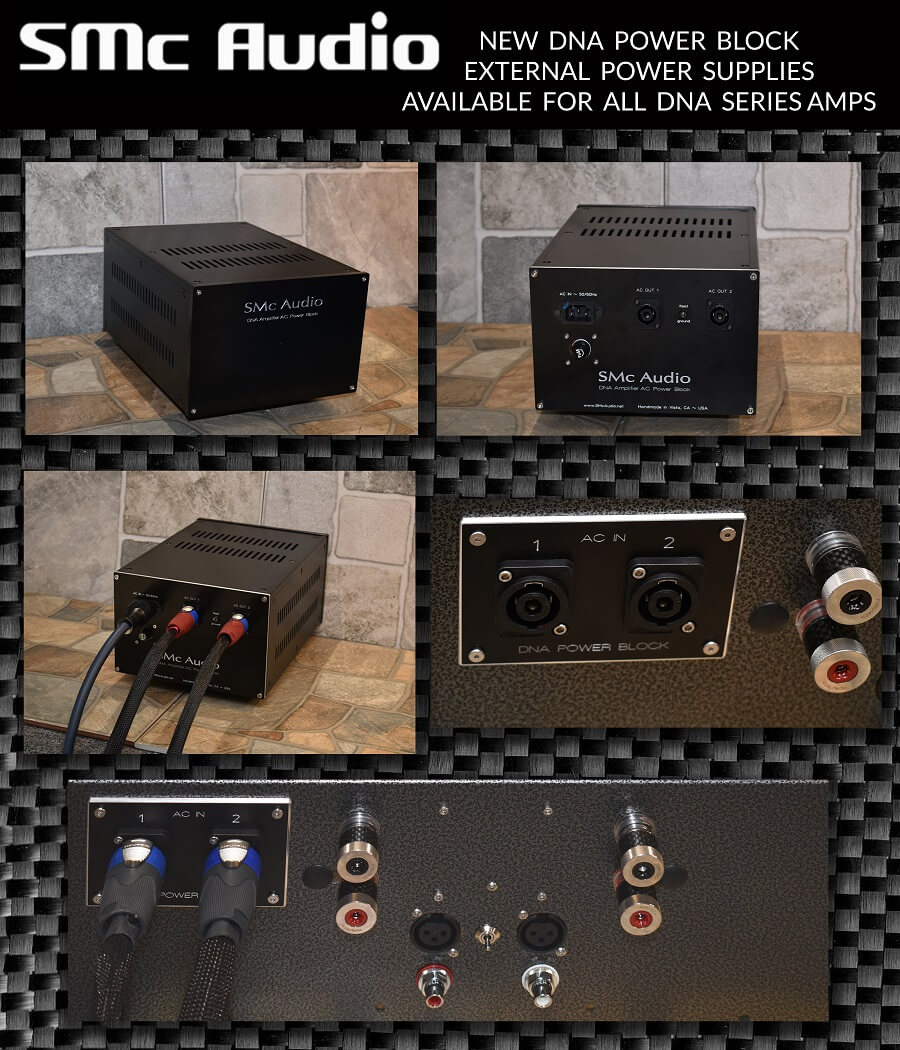It's very expensive and as stated above not as necessary as in a preamp with very low level signals.
- ...
- 57 posts total
In addition to the examples cited above, Border Patrol Audio uses separate chassis for signal path and power supply. Thomas Mayer (Germany) employs this approach with some of his amplifier models. I can see a strong case to be made for either this method and the more common/traditional mono block design. Charles |
Steve McCormack at SMc Audio is offering DNA Power Block External Power Supplies for their upgraded (and I suspect new) amplifiers.
|
A big reason is warranty servicing. Connection points are a leading cause of failure due to the mechanical stresses on the coupling and the connecting and reconnecting cycles, so there has to be a large benefit to cost ratio (and with a power amp there isn’t). Last thing a manufacturer wants is for word to get around that his product will be a service nightmare and ain’t worth the aggravation. A preamplifier, on the other hand, requires space along the back for ease of access to use the input and outputs. This results in a lot of real estate taken up inside the box for the circuit boards and becomes a challenge to situate the power supply. An amplifier requires space on the sides for heat sinking the output transistors and a small footprint for the input board. The output circuit board can easily be situated vertically on the sides (and even the input devices can be fit). This leaves a lot of space inside the box for the transformer and filter caps and maybe some folded laundry. So it makes no economic sense to separate the power supply. The box needed for the amplifier passives is comparatively very small and would be a waste of metal which would be 99% air if kept at a standard size. |
- 57 posts total


